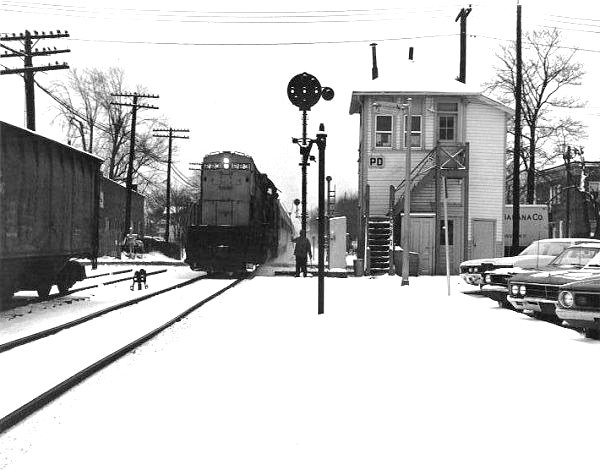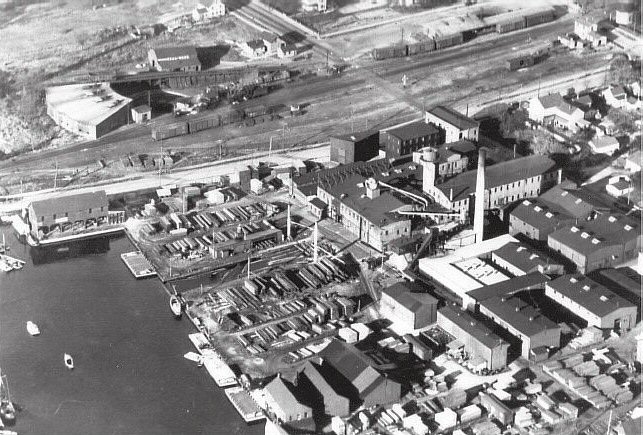452 card: "...The dwarf (low home) signal that was formerly south of the North Siding controlled moves eastward from that track into the aforementioned yard, for what usually was a (and still is) a reverse move onto the main to go west from the station..".
What indications were used on the low home (dwarf) to indicate the north track or the Fence track? Thank you.
I had posted, on error, the Rule 290 Restricting image, fixed.
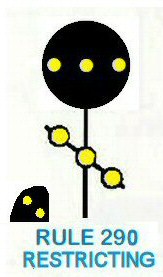
PD Signal page:
http://www.trainsarefun.com/lirr/patcho ... ignals.htm
LIRR Signal History page:
http://www.trainsarefun.com/lirr/signal ... istory.htm
Info:
The LIRR Rules of the Operating Dept. are based on the "Standard Code of Operating Rules". We still have superiority between trains, Train Orders, Clearance Cards, etc...probably one of the last. Certainly, the largest remaining example of how a railroad operates on the Standard Code 2006.
RULE 290: RESTRICTED signal indication means to proceed at Restricted Speed prepared to stop short of train, obstruction or switch not properly lined and looking out for broken rail, not exceeding 15 MPH. Positions on the lower head would only be approached at slow speeds, therefore the PRR decided that crews had ample time to sight the black unbacked positions.
With the introduction of Approach Slow in the late 1940's and Medium Approach in 1955 and 1956, there were lower arm aspects that would be approached at higher speeds. I suspect this was the driving force behind full backgrounds for the lower arm. I have no specific references, but it does seem that those full backgrounds seemed to become much more common starting in the later 1950's. Info: Dave Morrison
RULE: 294 TRAIN ORDER signal means to pick up orders when flashing red.
There were 2 types of train orders: Form 19, which could be grabbed on the fly, and Form 31, which had to be signed for in person by a crew member conductor or engineer (typically the conductor went in for it), who then had to share it with the other crew (C or E). The flashing red light is an indication that the tower operator has a 31 for the crew to sign for. In earlier times, a red lantern would be displayed. If it were a 19, the operator would have a yellow lantern displayed, and that would signal the engineer and conductor to prepare to grab orders on the fly from the op's hoop or V-stick.
Form 19 at PD:
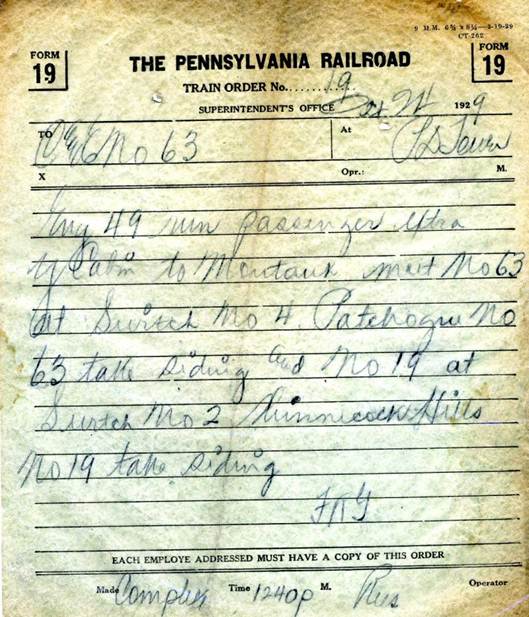
Form 31 at PD
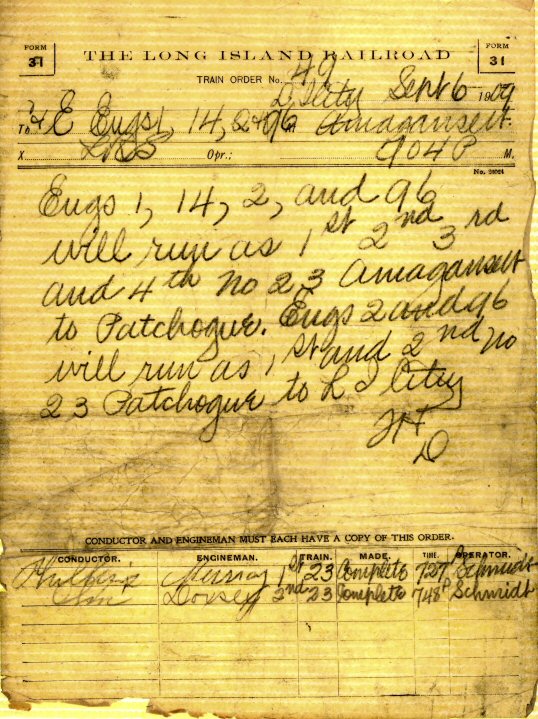

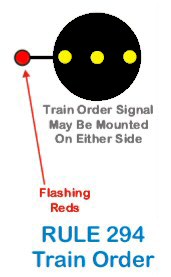





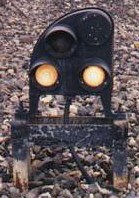 Dwarf "low home" signal aspect STOP, RESTRICTING would be diagonal 45°
Dwarf "low home" signal aspect STOP, RESTRICTING would be diagonal 45°
